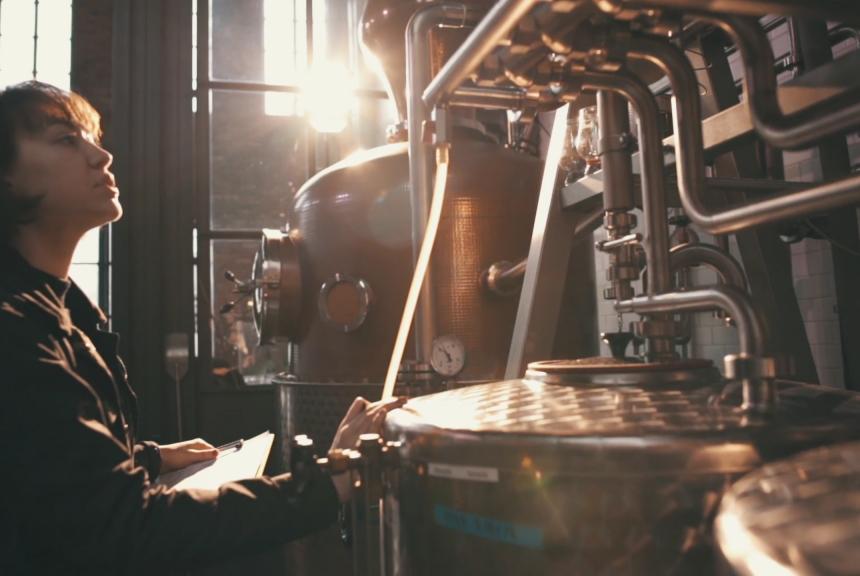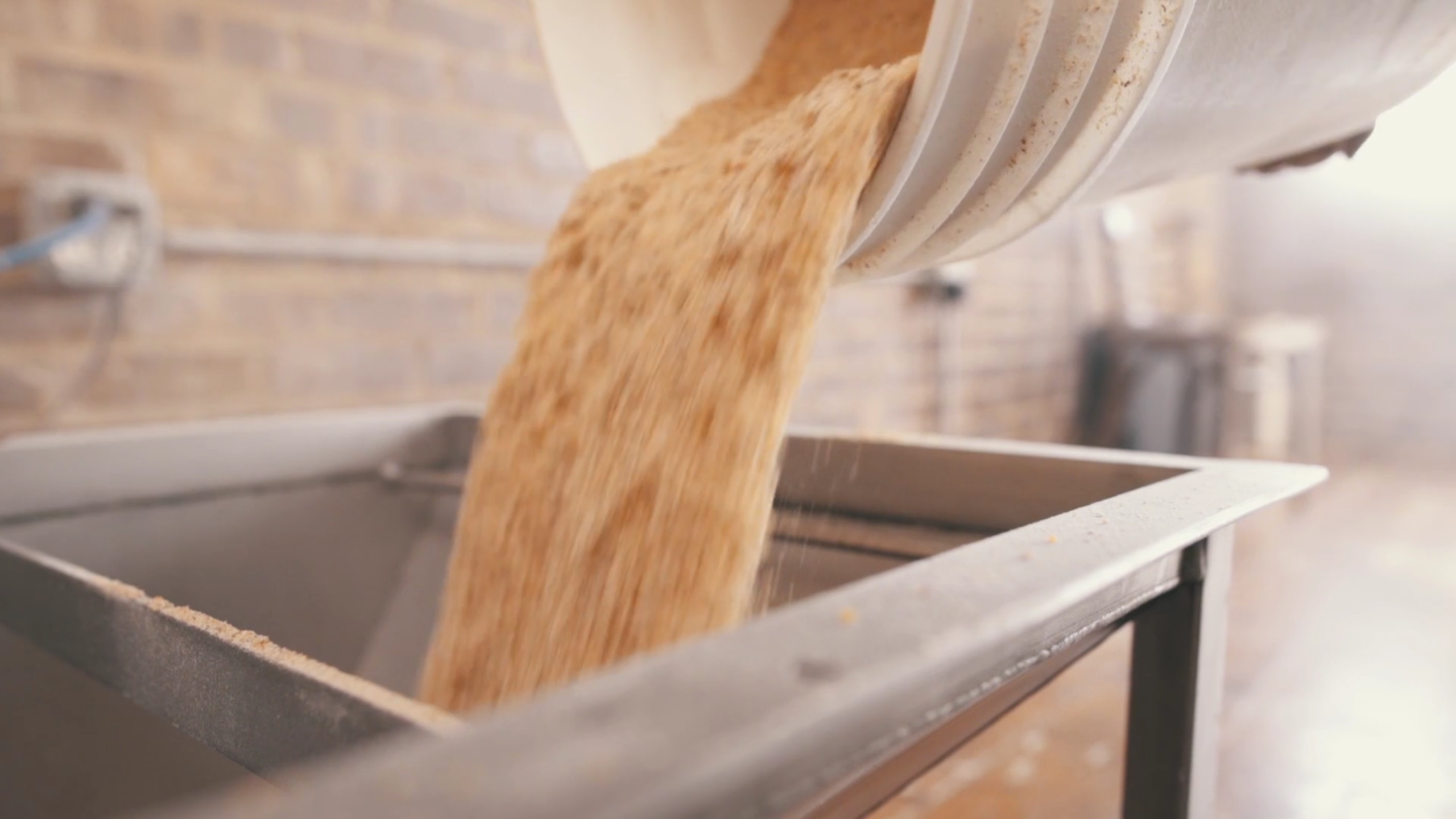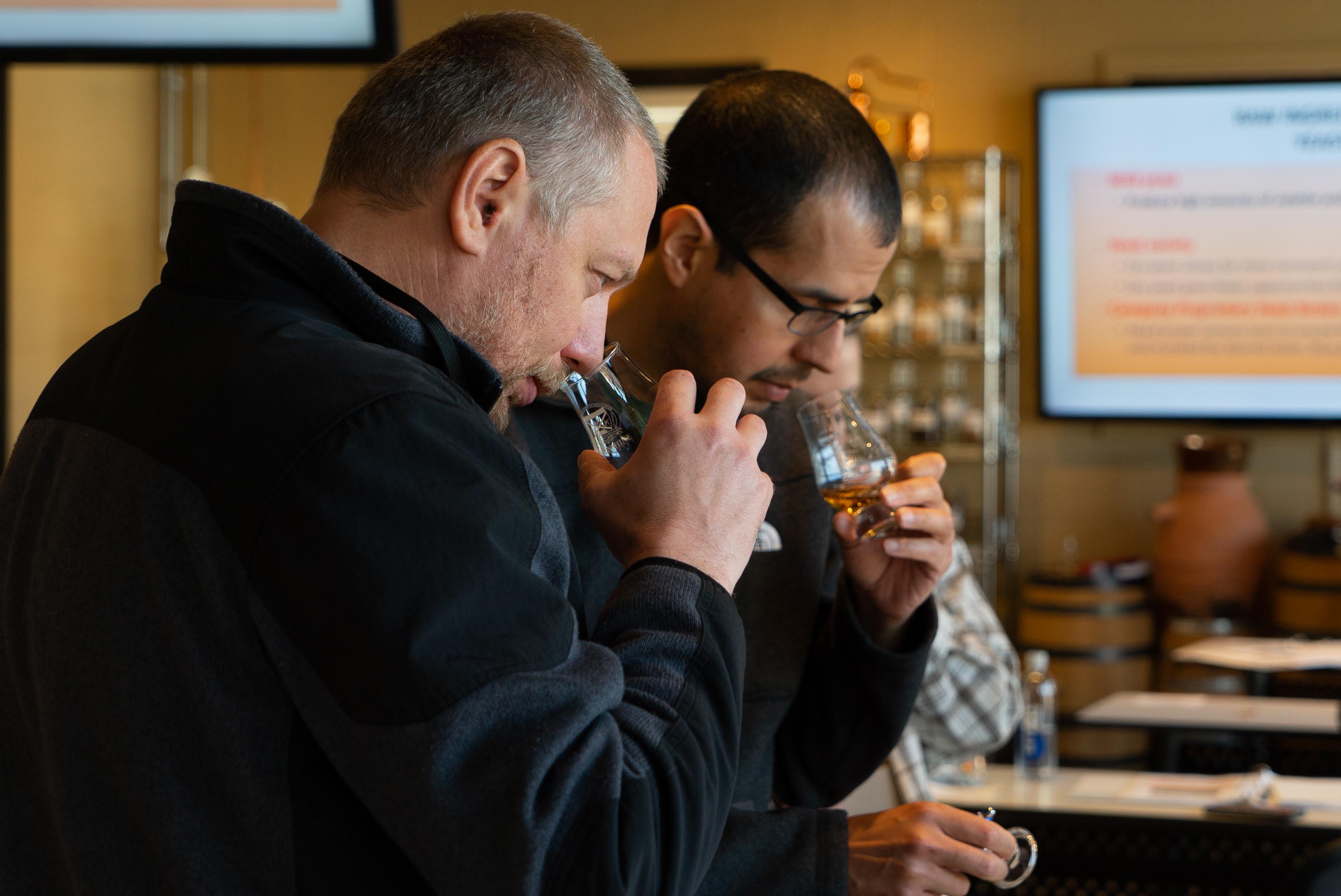
The Art of Non-Alcoholic Spirits
blog
For decades, spirits and cocktails have fostered a culture of craft, connection, and celebration. But over time, cocktail culture has evolved far beyond the buzz!

Written by Lisa Wicker, President & Head Distiller at Widow Jane Distillery.

The best advice I ever received was from the man who trained me to make wine. To this day, it's something I always share when I speak to new distillers.
"Don't just drink your own juice or you're going to start to like it…"
When I moved from wine-making to distilling, I was so excited to be actually producing something that I set some aside in what I now refer to now as my Humble Jar. It's terrible stuff, an "okay" fermentation at best. While I had lots of fermentation practice in wine-making, the distillation turned out horrible. Cuts were something I had no experience in, which is evident in the sample. I keep it to remember where I started, and that there's always something more to learn or improve.
Recently, I spoke to a whiskey group. Several of the members were starting their own distillery and were excited to share their juice. Handing me a glass, one of them leaned in and told me, "this is all we drink these days!" I took a sip… and it was awful. I could taste the flaws of a poor fermentation and poor distillation, which reminded me too much of the contents of my Humble Jar; but they were all so excited and clearly weren't looking for advice. I could tell that all they wanted was for me to smile and tell them it was perfect.
In the moment, I struggled with myself. I knew I should say something, but they were all so happy with their work — and no wonder! Those words of advice came once again to my mind, explaining how their taste could be so off beat. It's just what they got used to drinking!
But I can't say I blame them for their mistake. I get it. After spending a fortune, maybe even your life savings, and then investing so much time into preparing for that first distillation — which is always way behind the anticipated date and way over cost, I might add — there's a lot of excitement in finally having something to show for it. But I think it's also important to recognize the realities involved in this business.
Plan and budget appropriately, acknowledging that the first few distillations may not be your dream product — and may not even be palatable. Getting the first bottle of your product placed and sold successfully is difficult enough for any distillery — but if you make a poor first impression, the second bottle will be impossible.
As I have developed as a distiller and made my way to Widow Jane Distillery, I've found that repetition and continuing education is key. Refining your palate with sensory training is the most important habit to get into, and it's something that takes time to develop. So here's two additional bits of advice I'd like to pass along to you:

Always start by evaluating your ingredients: your milled grain, water, molasses, and whatever else is going into your spirit. Yes, it can be difficult to destroy bad corn, reject fruit, and toss smelly small grains, but remember that poor ingredients make poor distillate!
At Widow Jane, we're currently distilling a one-of-a-kind, open-pollinated cross heirloom. Because we have tasted it so often, we know what quality tastes like: sweet and clean. With this knowledge, we recently had to destroy a load that had been wet, something we determined by its musty smell and taste. We knew that if we went ahead and used it anyway, those aromas and flavors would be carried over into the distillate. And that would be unacceptable.
Learn to recognize quality and don't settle for low-quality ingredients or you're going to get a low-quality product.

Sienna, distiller at Widow Jane.
Another bit of advice: don't make the "finished" product the first sip you take of your hard work. Taste throughout the mashing process, or the wine-making for brandy, or whatever you're making.
With whiskey as an example, test your mash when all your grains are in, just as starch is beginning to convert. And then taste it again and again, every day until you're able to determine that it's completely fermented by the flavor and texture. By then, a check with the hydrometer will confirm what you already know: when it's ready to go into the still. Then use this same practice on the still. Taste everything to determine your low and high wines on the column, or the heads and tails in the pot, then make your cuts.
Once you've gotten into the habit of monitoring and evaluating the quality of your ingredients and the stages of your spirit during production, you'll have a better understanding of your product. Along with that, you should be tasting as much juice as you can from the other large producers and craft distilleries out there, and expose your palate to a variety of flavors in food and drink. This will give you the context you need to refine your product even further.
Be your own worst critic, put in the time to educate yourself — and your taste buds! — and your spirit's style and expression will fall into place.
Written by Lisa Wicker, President & Head Distiller at Widow Jane Distillery.

blog
For decades, spirits and cocktails have fostered a culture of craft, connection, and celebration. But over time, cocktail culture has evolved far beyond the buzz!

blog
Those that are familiar with the process of crafting distilled spirits may also be familiar with the 10 common congeners that are created during fermentation, and honed during the distillation run. Each congener has its own distinct personality, rendering unique tastes and aromas to the finished spirit.

blog
So, you want to start distilling with freshly milled grain. Maybe you're tired of paying top dollar for the pre-milled stuff from the malt distributor, and you're ready to invest in the quality, efficiency, and bulk pricing that comes with milling your own whole grain. But where do you start?